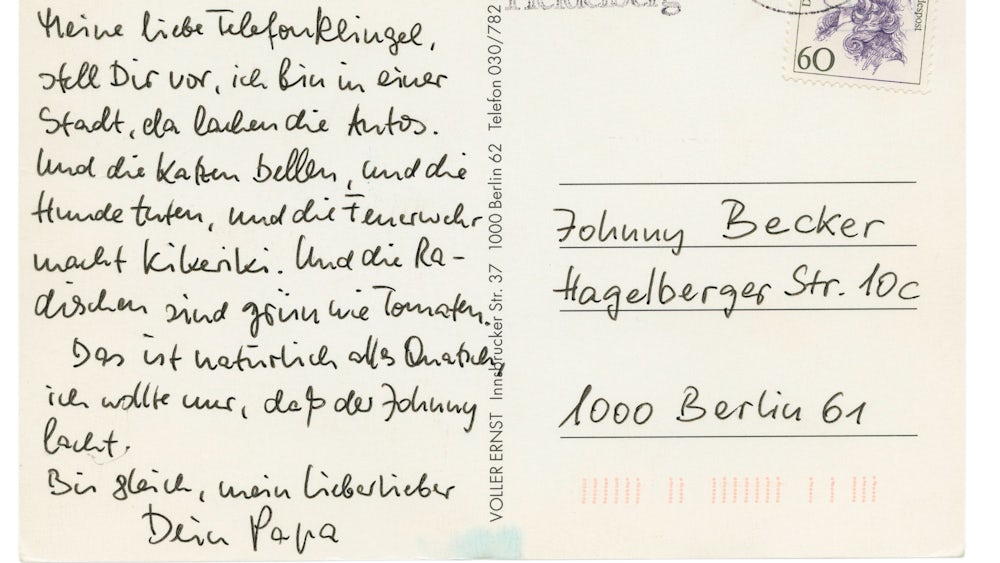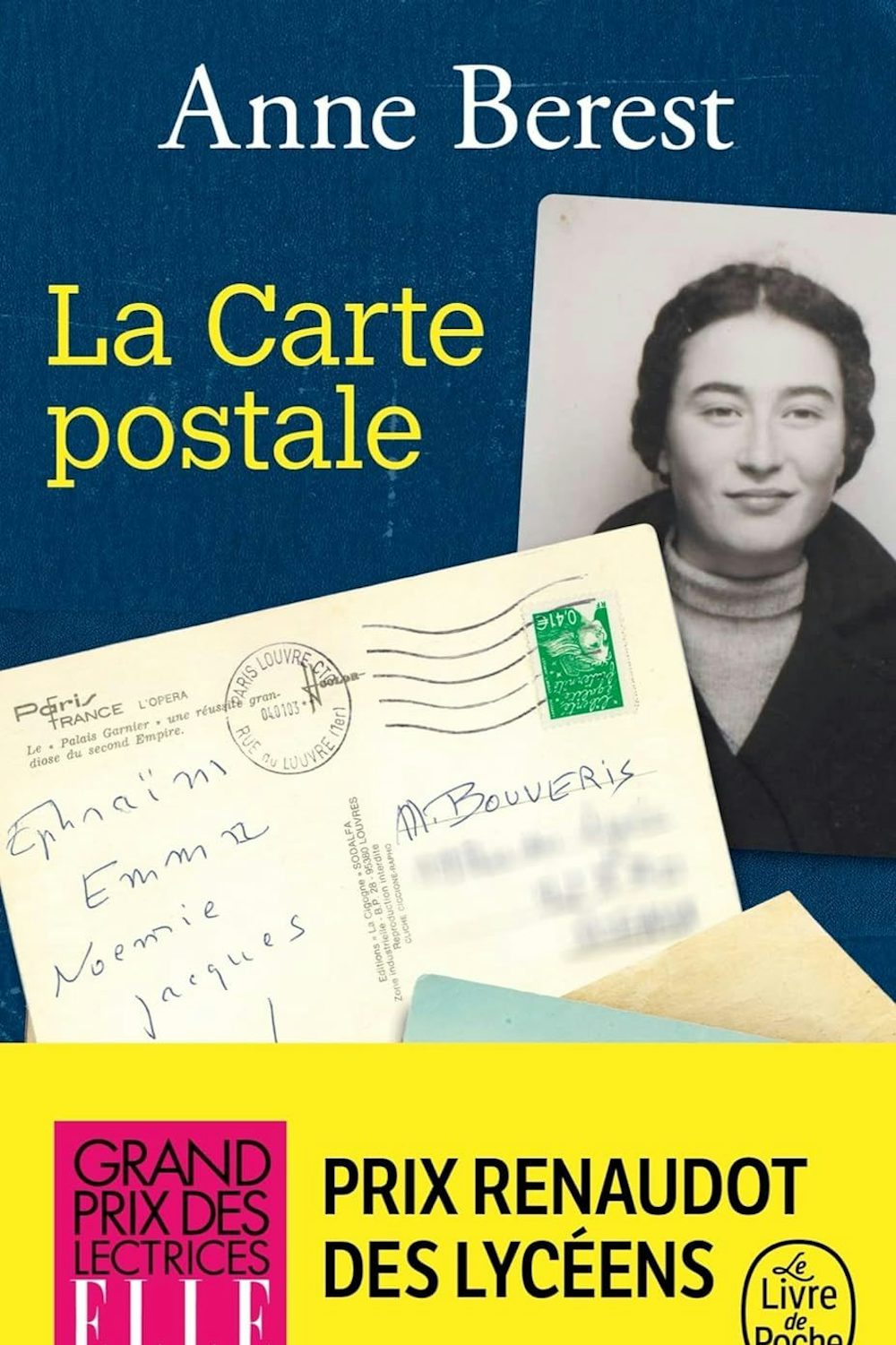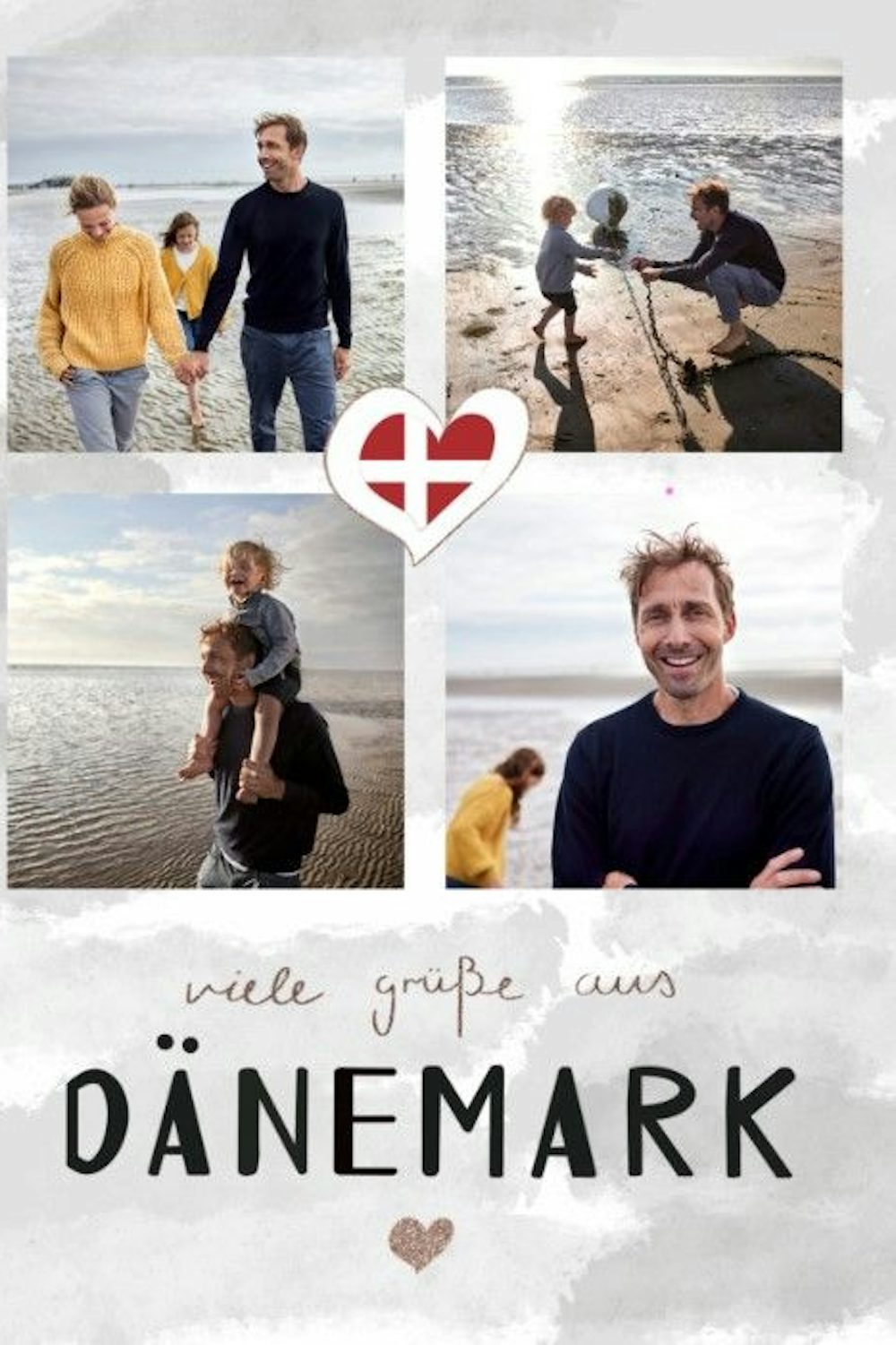Send holiday greetings without a mobile phone? Yes, it is possible. A tribute to the postcard – style
Messages to collect
“The sun is shining, the hotel is good, the food is delicious.” Since the invention of the postcard, there has been no room for more than this on the rectangular piece of cardboard, with the sea, city and mountain printed on the front. Criticised in 1869 as an “indecent form of communication on an open postal sheet”, “correspondence cards” were first sent in Germany in 1870. With success. On the first day of sale, more than 45,000 copies are said to have been sold in Berlin alone. Since then, enthusiasm has waned: while 400 million “best wishes” were sent in 1998, the number of postcards has now more than halved. A pity, because over a small post Everyone was happy. This is especially true for those who are no longer familiar with the principle. So, the order goes out to everyone who is currently on holiday: Please send a stack of postcards to all the children and grandchildren at home!
The cards are ideally collected in a nice box, for example from semicolonwhere they can be sorted by sender, holiday destination, year thanks to tabs. If you enjoy writing, register at postcrossing.comThe platform allows you to send postcards to randomly selected people. Since it was founded in 2005, around 68 million postcards have been sent around the world.
Fatherly love by post

“You old chickpea,” “Old bobble hat,” “Beloved telephone bell,” “Jelly,” “Pug frog,” and “Baby in diapers”: When Jurek Becker sent a postcard to his little son Jonathan, he let his imagination run wild with the greeting. The writer, who rose to world fame with books such as “Jakob the Liar” and “Bronstein's Children,” became a father again in 1990. Becker was already 52 at the time, often on reading tours, and always worried that he would be away from Johnny far too often. So he always set off with a stack of postcards, because there might not be any suitable ones on the way, and sent them to his son – almost 130 postcards in total, from 1992 until his early death from cancer in 1997.
A few years ago they were published as a book (“Dear Johnny. Jurek Becker’s postcards to his son Jonathan”), later an expanded collection of Becker’s postcards was published by SuhrkampEach one is a work of art in its own right: the front often shows cars, trains and buses (Johnny loved them) or elephants (Becker loved them), while the back is real postcard poetry. For example, the father once sent greetings from Heidelberg: “My dear telephone bell, imagine I'm in a city where the cars are laughing and the cats are barking and the dogs are honking and the fire brigade is doing cock-a-doodle-doo. (…) See you soon, my dear, your dad.” Can there be a more beautiful legacy than 127 times fatherly love in postcard format?
News from the barrel

White sand, turquoise water, palo santo trees, blue-footed boobies, penguins, all of this can be found on Floreana. The only man-made attraction is in the north of the island, which is part of the Galápagos archipelago: the most unusual post office in the world. Since 1793, fishermen and sailors have put their letters to their loved ones back home in a wooden barrel; the mail was then taken and delivered by those who were on their way home. To this day, this stamp-free service works perfectly: tourists read out to each other where the cards from the barrel should go. The person who lives closest takes the corresponding card and, in the best case, delivers it personally, like in the days of the sailors. It works – even better than the official post office in Ecuador, which went bankrupt during the pandemic.
trip to the past

Can a postcard change a life? Literature is full of fateful letters that turn everything on its head: from the declaration of love sent at the very last moment in Jane Austen to the scandal dossiers in the novel “Dangerous Liaisons” to the acceptance letter from Hogwarts (“Dear Mr. Potter, we are pleased to inform you …”). In the case of the writer Anne Berest, it is actually just a simple, at first inconspicuous Postcardwho in her autobiographical book is at the beginning of a great journey: into her own past, to the far-reaching, death-defying and tragic stories of her family, to the question that she poses to her daughter about the future: What does it mean today to live as a Jew in France? “The Postcard”, in German in Berlin-Verlag It was on the French bestseller lists for months and remains highly relevant three years after its first edition.
Contact in a hurry

No, it is certainly not the fastest. Related to the letter genre, the postcard is, so to speak, the snail in the kingdom of postal items. For example, the card from a young conscript from Brussels, who in 1926 asked his parents in Opbrakel, 50 kilometers away, to send him a shirt as quickly as possible, took a full 83 years to arrive.
Even if it doesn't always take that long, the unwritten postcard law still applies today: the writer arrives home before the card – unless you use a postcard app like Mypostcard or Cewe Postcard. This is a lot quicker: choose a layout on your phone and add your own holiday photos, dictate the text, transfer the address from your contact list and send it digitally. Whether from South Africa or Italy: usually after two days, your loved ones will have the real card in their hands. And thanks to computer cursive, they can even read the text.
